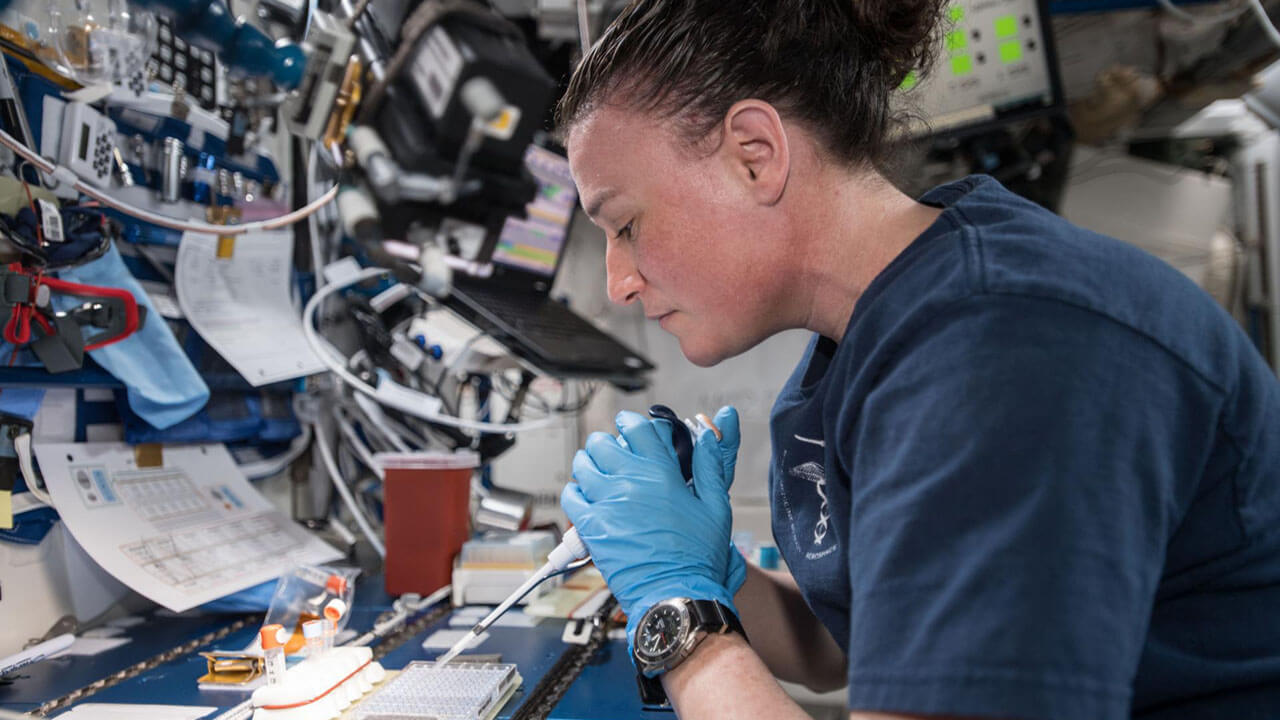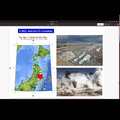As reported in the media earlier this week, a research paper appeared in The New England Journal of Medicine about the first ever successful treatment of venous thrombosis during a spaceflight. The first author of the paper is physician and NASA astronaut Serena Auñón-Chancellor (hereafter referred to as S.A.C.), who visited the ISS as a flight engineer for Expedition 56/57 in 2018. However, the identity of the patient and the timing of the events described in the paper are kept secret. But some Russian media reports of a seemingly unrelated topic from 2018 came to my mind when reading this, and now I have a little "conspiracy theory", that I briefly outline below.

S.A.C. launched on Soyuz MS-09 on 6 June 2018 for a 6-month mission. Now, in the research paper of S.A.C. et al. it is stated that "approximately 2 months into an International Space Station mission, obstructive left internal jugular venous thrombosis was suspected in an astronaut during an ultrasound examination that was performed as part of a vascular research study".
If this anonymous astronaut was S.A.C. herself or one of her Soyuz MS-09 crewmates (a German and a Russian), 2 months into the mission would be: early-mid August 2018.
It is also reported by thrombosis specialist Stephan Moll M.D. (University of Carolina’s School of Medicine) the third author of the research paper that "my first reaction when NASA reached out to me was to ask if I could visit the International Space Station (ISS) to examine the patient myself". But "NASA told me they couldn’t get me up to space quickly enough so I proceeded with the evaluation and treatment process from here in Chapel Hill." It also turned out that there were not enough medications on board for the conventional treatment, thus Dr. Moll had to apply novel methods.
Now comes the funny part! Around two and a half months into that mission the ISS controllers noticed a slight pressure drop on the night of Aug. 29 and alerted crew members about it the next day. The astronauts traced the issue to a 2-millimeter hole in the so-called "orbital module" of the crew-carrying Soyuz. First it was suspected that the hole was caused by a micrometeroid impact, but later it turned out that it had been drilled from the inside. The crew fixed it with duct tape. ("If you can't fix something with duct tape, you haven't used enough.")
But the story was not over. In September 2018 accusations appeared in the Russian media from anonymous sources, claiming that "the [drill hole incident] investigation looked at the possibility that US astronauts had drilled the hole in order to get a sick colleague sent back to Earth." A sick colleague!
So here is my hypothetical story line:
- During a research experiment S.A.C. discovered the thrombosis in herself(?) ca. 2 months into the flight.
- NASA got worried about her possibly lethal condition. Sending the totally civilian Dr. Moll to the ISS in order to investigate the patient was not feasible.
- Then the hole (that had been drilled by a worker at the Energiya plant or Baikonur, presumably) was discovered in the Soyuz.
- Then came the Russian media accusations (never confirmed officially!). NOTE: obviously the hole was not drilled in space, I do not claim that at all. The important information for us is that one of the US astronauts may have been seriously sick around that time.
- And now the paper about the successful treatment of an unnamed astronaut is published with S.A.C. being the first author.
But "extraordinary claims require extraordinary evidence", which I do not have, of course. :)





